The Siberian husky is an impressive athlete and a loyal companion. Bred to both pull sleds in the unforgiving tundra, and keep the native Chukchi people company, they have dynamic and appealing personalities. These dogs are undeniably beautiful, yet they can test their owners’ patience if they are not given enough exercise. Read on to learn more about the Siberian husky.
Description of the Siberian Husky
This breed is sleek and athletic. They are known for their thick, impressive coats, which can give them the appearance of wolves – but they’re much smaller and have curly tails. One look into their friendly eyes gives away their true personality, though. Many people are particularly fond of blue-eyed huskies, but brown eyes are also common. They can be white, or a mix of white and agouti, black, red, or sable.
Their double coat performs well in snow, although many huskies today are happy performing jobs in at least marginally warmer parts of the world. The Siberian husky is a well-loved breed, perhaps most famous for pulling sleds through Alaska to deliver life-saving serum to diphtheria patients.
Life Expectancy and Size
Huskies have a promising life expectancy, and are generally quite healthy dogs. In fact, many live between 12 and 14 years, as much has many smaller breeds.
They are medium-sized dogs, standing between 20 and 24 inches at the shoulder. Although muscular, they do not carry a lot of weight. After all, they were bred for endurance, and needed to pull heavy loads across long distances. Most Siberian huskies weigh between 35 and 60 pounds.
Protective Ability
Despite their wolf-like visage, the Siberian husky is not the best guard dog. They are too friendly! With such easygoing personalities, they are more likely to lick intruders than chase them off. This does not mean, however, that the dogs are not loyal. They tend to bond strongly with humans.
Training
Training this breed can be a mixed bag.
On the one hand, Siberian huskies were bred to work. As sled dogs, they have shown that they can take direction impeccably, and work as a team to wonderful results. That said, their “job” as a sled dog is more to run and follow routes than to listen to myriad commands. Bred to run, many love to do just that, but sometimes at very inopportune moments.
Begin training early to teach a young husky how to behave before he becomes a problem. These are very social creatures, and can excel in puppy classes where they are allowed to learn with other dogs. Their owners should be determined yet calm, as these dogs do not do well with harsh tones. They prefer positive reinforcement and rewards-based methods.
Energy Level
Huskies are high energy, and absolutely need to get enough exercise. Otherwise, it should be expected that they will begin bouncing off the walls. It is important to stimulate both mind and body with a huskies, which is why they enjoy having jobs.
However, once the work day is over, this breed can be surprisingly calm. Many are able to lounge around the house just fine when their extensive exercise needs are being met. When under-exercised, Siberian huskies will often howl, bark, dig, or chew for hours each day.
What Living with a Siberian Husky is Like
It can be very enjoyable to live with a Siberian husky. For those that can offer the dogs work, they can become unparalleled athletes that excel at many endurance sports. Still, at home, they are giant love bugs that adore their families.
Although the Siberian husky is not the most hyperactive breed, they can be rambunctious. This is especially true of younger dogs. They definitely aren’t couch potatoes!
These dogs do not have too many behavior or health issues, and have long life expectancies. The problems they do have tend to stem from too little exercise or activity.
Care of the Siberian Husky
It is always a commitment to take a working dog in. However, when provided with a job, these dogs can make lovable members in many kinds of families.
Environmental Needs
Obviously, the these huskies were bred for the cold. They excel there too. In fact, many get more energetic in the wintertime, ready to work.
Huskies can exist in warmer climates, but do not handle extreme heat well. They may become lethargic or begin to overheat. This dog’s double coat cannot be shaved to provide relief from the summer heat.
Exercise Needs
A Siberian husky’s exercise needs can be overwhelming or exciting, depending on the owner’s point of view.
They like to work, especially with other dogs or humans. Biking or running may be good options for owners so inclined, though these dogs can be difficult off leash. Sometimes they run too fast, or dart off chasing critters in the woods. They should always be well-supervised.
Canicross, mushing, skijoring, and bikejoring are all popular sports that tap into a husky’s natural desire to run and pull. Whether you like skiing, biking, running, or sledding, you can put your husky’s athleticism to work!
Keeping these canine athletes occupied should be a priority. Otherwise, they may resort to destructive behaviors.
Shedding and Grooming
The Siberian huskies’ beautiful coats are surprisingly low maintenance. They are generally quite clean, and some people think they don’t smell as bad as some other breeds. Their thick coat cannot be shaved or trimmed, only brushed.
During a couple periods each year, huskies may shed profusely. Giant clumps of fur come off when they’re “blowing their coat.” It can help to brush them regularly when this happens, to remove as much excess hair as possible.
Of course, they also need regular maintenance, including attention to their eyes, ears, and teeth. Make sure to clip their nails so that pain does not interfere with their ability to run around.
Ideal Home Environment
It is most important that these dogs have some kind of job. After that need is met, their home environment is not as important. Many of these huskies could be happy in a city if they got to be active and productive for at least a couple hours per day.
They may be good with children, but can be rowdy when they’re younger. In general, they love other dogs.
Health Concerns
This breed is quite healthy. The most common issues they face are with their hips and eyes. Maintaining these dogs’ fitness levels and ensuring that they do not become obese is very important.
Reputable breeders can screen for most problems, making finding the right breeder very important. Early-onset cataracts in particular have decreased in prevalence recently because of ethical breeding practices.
Behavior Problems
This breed is extremely lovable, but is not the right choice for every owner that thinks they’re beautiful.
Without a job, huskies can be very destructive. They may race around the house, or begin to chew or dig. This is almost always a sign of boredom or loneliness. Correcting these deficiencies can help the husky become a manageable housemate.
Remnants from their lives as sled dogs still exist, even if a husky is placed in a suburban home. They can be notoriously hard to keep track of, however, as they are prone to bolting off or digging out of yards. Many huskies also howl, which may anger some neighbors.


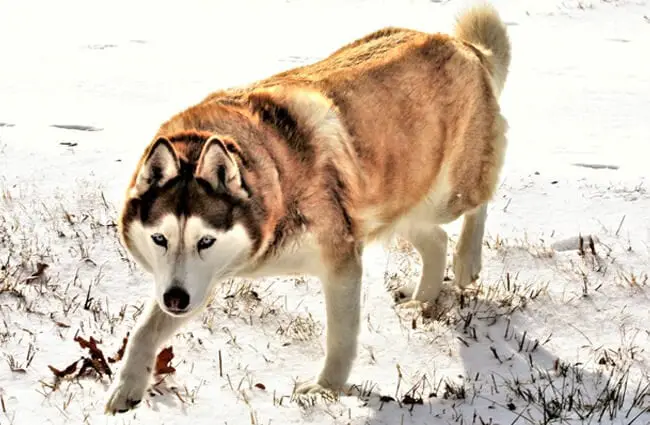
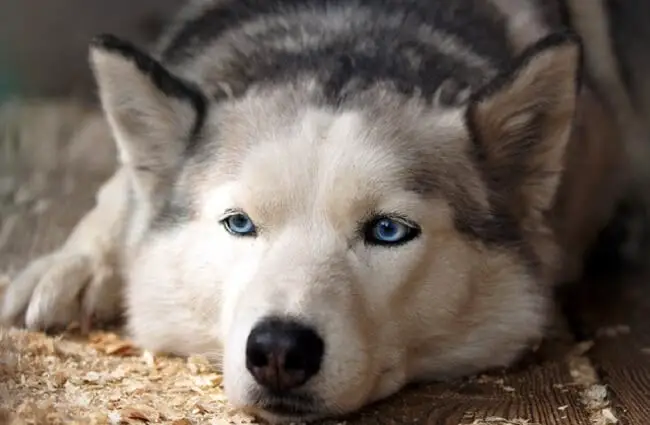
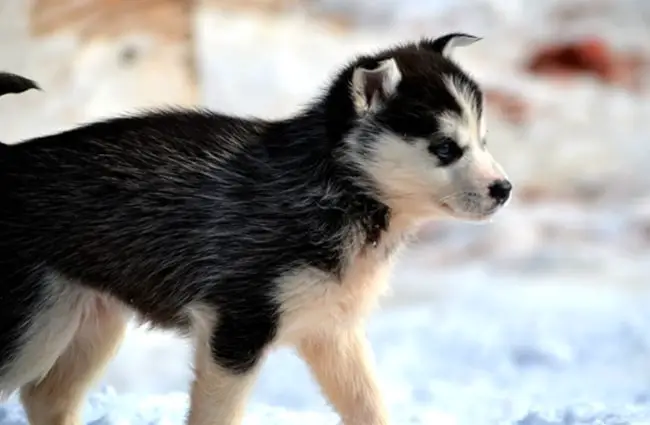

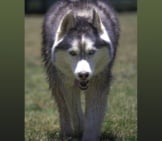
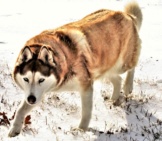
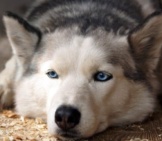
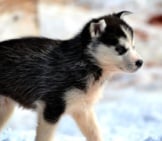
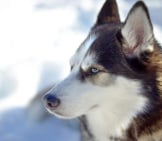













![Red Angus Closeup of a beautiful Red Angus cowPhoto by: U.S. Department of Agriculture [pubic domain]https://creativecommons.org/licenses/by/2.0/](https://animals.net/wp-content/uploads/2020/03/Red-Angus-4-100x75.jpg)

